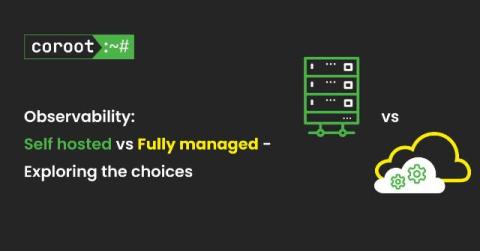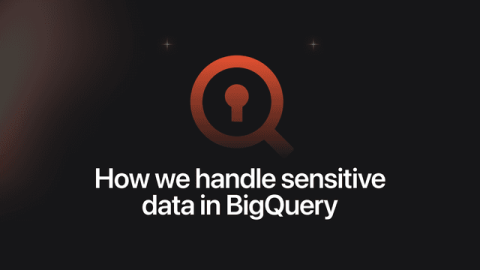SMART goals: What they are and how to apply them in IT projects
Whether in personal or professional life, goals always set a direction for where you wish to go, in addition to defining the guidelines with which to reach that desired end. In addition, awareness and motivation are generated about the actions that are carried out, which allows us to focus our energies and efforts.











